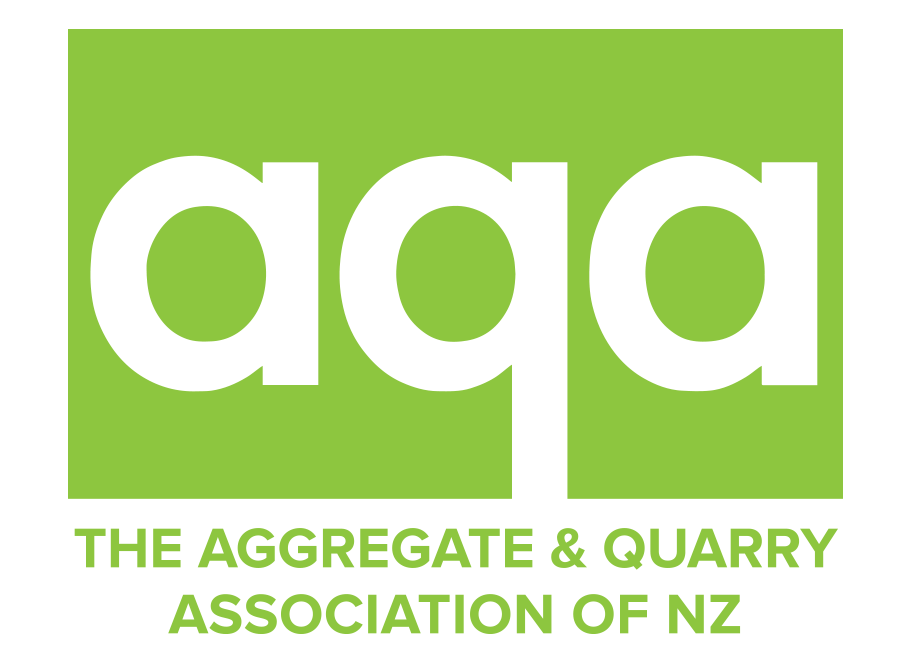Article by Brad Olsen, Infometrics
New analysis from Infometrics points to a considerable lift in infrastructure investment over the next decade, as maintenance and upgrades of local networks ratchet up. Our analysis extends our infrastructure horizon until 2031 and examines where investment will be located, and of what infrastructure type.
Considerable spending over next decade
The latest update to the Infometrics Infrastructure Pipeline Profile (IPP) points to a 56% lift in network infrastructure spending over the next decade (2022-2031) compared to the last decade (2012-2021).
Total investment is expected to be $172b over the 10 years to 2031 (see Chart 1). With the extension of our data to 2031, a full 10-year comparison to our prior pipeline isn’t possible, but the current pipeline shows a 26% lift in expected infrastructure investment over the next seven years (2022-2028) compared to our prior expectations at the end of 2021.
Investment is expected to peak in the near-term, over the next few years, as major projects currently underway or planned to begin shortly are completed. However, considerable challenges around materials and labour resourcing means that these timeframes might well be delayed and deferred.
Larger focus on water investment
Almost all infrastructure types are expected to see a sizable boost in investment over the next decade, compared to the last decade. As a proportion of total expected investment, road transport retains the lion’s share, with around 44% of total expected investment (see Chart 2). However, as a share of total funding, roading’s relative importance is expected to decline slightly, from 45% in the prior decade.
Investment in water infrastructure is expected to grow its size of the pie the most, with just under 19% of total investment expected across water supply, wastewater, and stormwater. That 19% is considerable larger than the 15% share over the last decade.
In total spending terms, four spending types are expected to see more than double the amount of infrastructure investment seen over the prior decade. Electricity generation (including increased levels of solar generation), airports, rail, and water infrastructure are in line for considerable boosts in investment.
Renewing the past or expanding for the future?
There’s a greater balance in future infrastructure investment set down to meet additional demand from a changing population. That’s not to say that current assets aren’t being upgraded – they are. But the relative boost in new/additional assets points to a general expansion in infrastructure investment and planning for growth.
Infometrics analysis of local council Long Term Plans (LTPs) in 2018 and 2021 shows increases in planned investment across the board for water assets over the comparative 2022-2028 period in 2021 LTPs (see Chart 3).
Investment to add new assets to meet additional demand in 2021 LTPs is 122% larger than in 2018 LTPs, taking this asset group from 27% of 2018 LTP spending to 36% of 2021 LTP spending. Investing to replace existing assets in 2021 LTPs is still 38% larger than in 2018 LTPs but declines from 46% of total 2018 LTP investment into water assets down to 37% in 2021 LTPs.
Building for the future
Our analysis shows the considerable growth in planned infrastructure over the next decade. These investments will be important to unlocking new developments across the country, upgrading and futureproofing current areas, and enhancing productivity. Larger increases in spending on water assets, the rail network, and electricity generation underscore the changing focuses in New Zealand as previous underinvestment in core assets is addressed, and transport activity changes, and our energy use increases and becomes increasingly green
There’s still a lot of work to be done to ensure this $172b is constructed, and also well integrated across the country. Workforce pressures mean we’ll need more people with specialised water-asset skills, and more generally a well-phased pipeline so limited resources can be deployed efficiently. Supply chain issues will need to be considered, and cost pressures managed.
Importantly, additional coordination and resources will be needed when new projects come up over the next decade that aren’t already scheduled or anticipated. New Zealand will also have to prepare for projects even further into the future and how they connect up to current assets. The ~$14b Auckland Light Rail project is an example of the former, which isn’t in our current projections due to uncertain costs, timings, and design. The next Auckland Harbour crossing falls into the latter category, with work needed now to protect intended routes, and set up links to existing infrastructure.
More focus will be needed on integrated planning to allow all of this to occur.
Notes and more information
The Infometrics Infrastructure Pipeline Profile examines and forecasts investment intentions for non-building network infrastructure, so excludes construction efforts that are generally picked up in building consents like hospitals, schools, etc.
More detailed information on infrastructure investments, including detailed breakdowns by region and asset type, can be accessed via a subscription to the Infrastructure Pipeline Profile. More details, and contact details, can be found on the Infometrics website.



